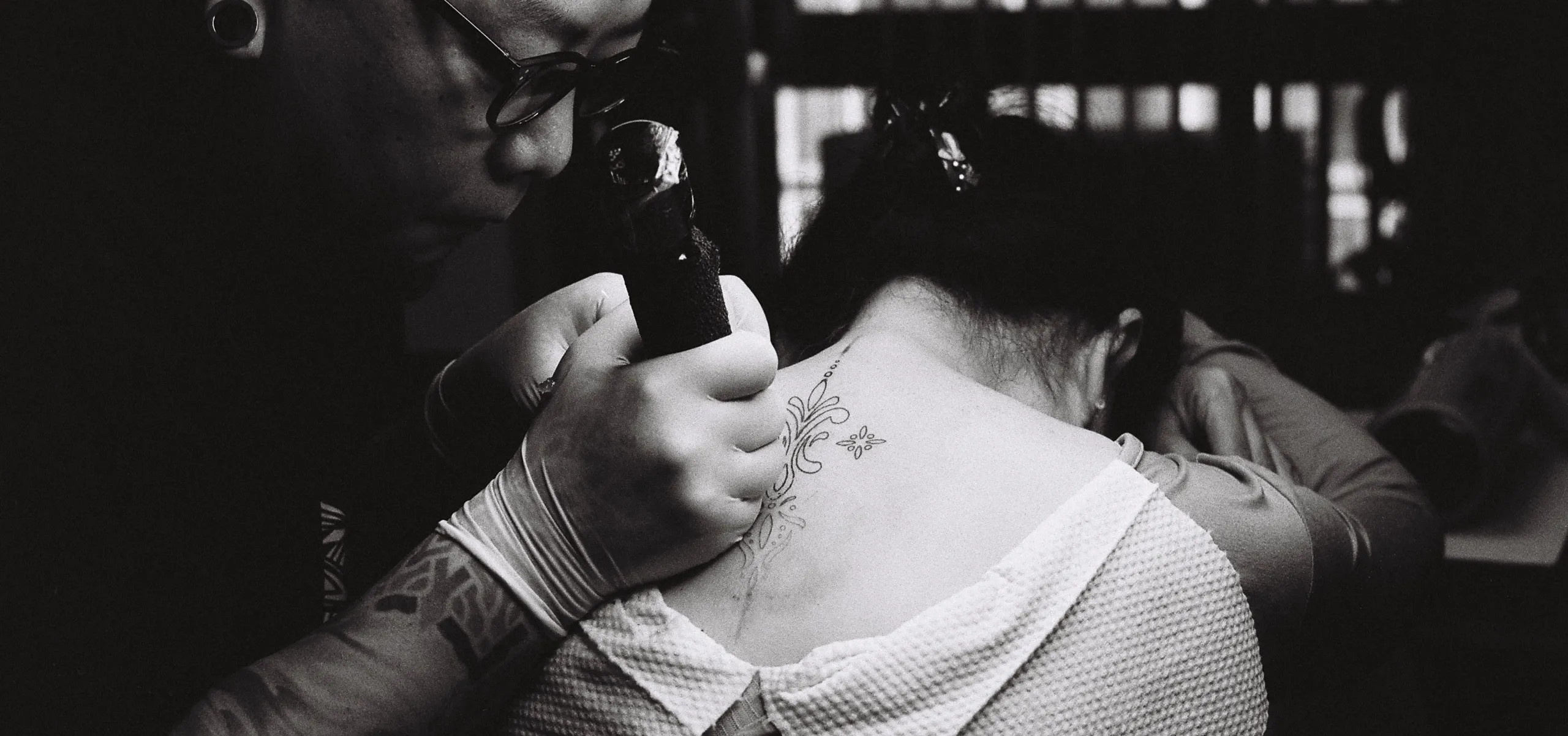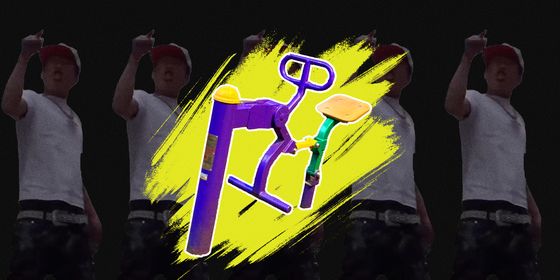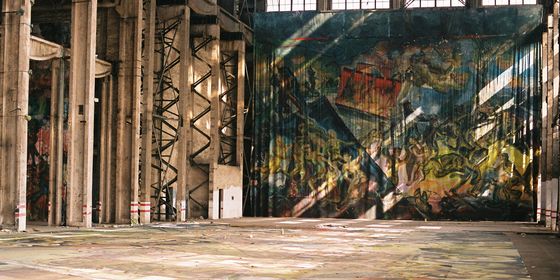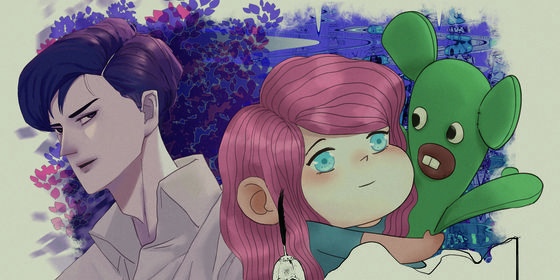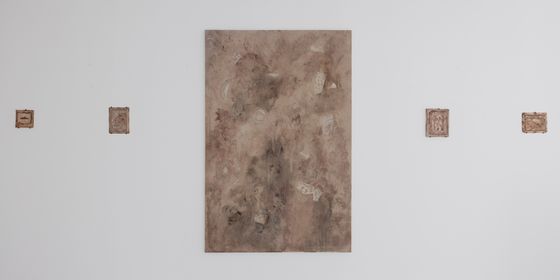How tattoo artists stay creative amid economic pressures, and try to make sense of their pandemic experiences through ink
On a chilly January day on the 12th floor of a plain residential high-rise in southeast Chengdu, Sichuan province, a man is doing his best to bear the pain of receiving a giant tattoo of a thistle on his chest.
“We’re really in the business of selling pain,” chuckles Li Manman, the co-founder of Temple Tattoo. “And after the numbing experience of the last three years, people may want the pain to feel alive again.”
At another workstation inside the three-story tattoo parlor, 64-year-old Li Wenhui is getting ready for her first tattoo: a mandala-inspired pattern on her back. “We just need beauty in our lives, no matter our age,” she tells TWOC, oblivious to the many challenges those tasked with creating that beauty are facing—like finding the mental space necessary for creative work under financial pressure, especially during the pandemic.
Manman founded the tattoo parlor with a close friend and business partner in 2017. It now attracts not only customers young and old, male and female, but also tattoo artists lured by the promise of space to create, rather than struggling to make ends meet. Unlike the many traditional studios where the artist is usually also the business owner and manager, Temple operates under a salon model where tattooists are paid commissions and the parlor takes care of logistics like marketing, bookings, and supplies so the tattooists can (in theory) be free to focus on the art.





